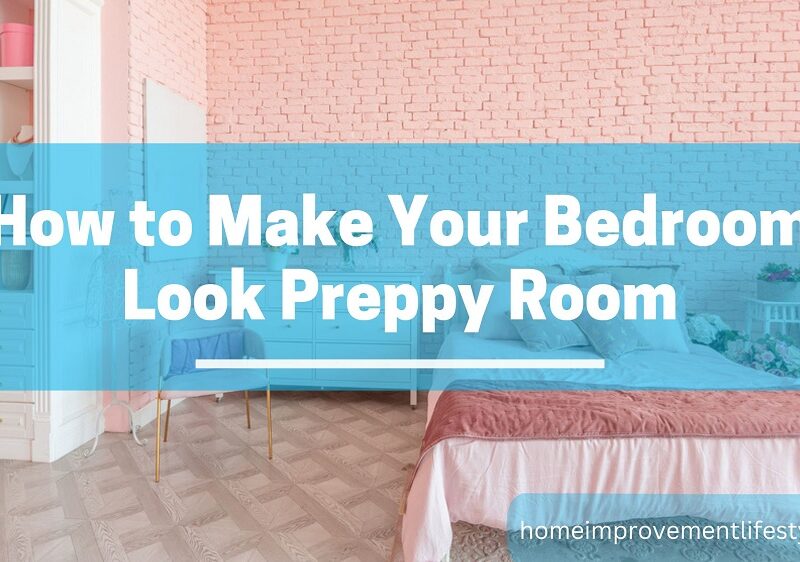In recent years, the concept of working from home has gained significant momentum, transforming the way people approach their professional lives. As remote work becomes the norm for many, the importance of a well-designed and efficiently set up home office cannot be overstated. A thoughtfully crafted workspace not only enhances productivity but also contributes to overall well-being and work satisfaction. In this article, we will delve into valuable design and setup tips that can help you create a productive build home office that aligns with your work style and personal preferences.
Choose the Right Location:
Selecting an appropriate location for your home office is paramount. Ideally, it should be a quiet area with minimal distractions, separate from your living spaces. Natural light is a vital factor, as it not only boosts mood but also reduces eye strain. If possible, opt for a room with a window, and position your desk to make the most of the available natural light.
Ergonomic Furniture:
Investing in ergonomic furniture is a crucial step in creating a comfortable and healthy workspace. Your desk and chair should be at the right height to promote proper posture, preventing discomfort and potential long-term health issues. Consider a chair with lumbar support and adjustable features to customize it according to your needs.
Declutter and Organize:
A messy work area may reflect in the thoughts. Keep your home office organized by having designated spaces for documents, stationery, and equipment. Consider using shelves, drawers, and organizers to keep everything in order. A clean and organized environment enhances focus and concentration.
Personalized Aesthetics:
Your home office should showcase your unique tastes and fashion sense. Adding touches of your favorite colors, artwork, or decorations can create a sense of ownership and comfort in the space. However, strike a balance between personalization and professionalism to maintain a conducive work atmosphere.
High-Quality Technology:
Reliable technology is the backbone of any productive home office. Invest in a fast and stable internet connection, a capable computer, and essential peripherals such as a keyboard, mouse, and printer. Adequate technology ensures seamless communication and efficient workflow.
Multiple Monitors:
If your work involves multitasking or requires extensive screen time, consider using multiple monitors. This setup can enhance productivity by allowing you to have multiple applications and documents open simultaneously, reducing the need to switch between windows frequently.
Cable Management:
Cable clutter can not only be visually distracting but also a safety hazard. Use cable clips, ties, or cable management boxes to keep your cords organized and out of the way. Neatly managed cables contribute to a clean and tidy workspace.
Proper Lighting:
Inadequate lighting can strain your eyes and lead to fatigue. Supplement natural light with well-placed artificial lantern roof light. Choose warm, white light that mimics natural daylight. Position your lighting to eliminate shadows on your workspace and minimize glare on screens.
Sound Considerations:
Acoustic comfort is often overlooked but plays a significant role in maintaining focus. If your home office is in a noisy environment, consider using noise-cancelling headphones or adding soft furnishings like rugs, curtains, and acoustic panels to absorb sound.
Greenery and Nature:
Plants can have a positive impact on your home office environment. They not only improve air quality but also add a touch of nature to your space, which can boost mood and creativity. Select low-maintenance plants that thrive indoors.
Distraction-Free Zone:
Establish a distinct line between your personal and professional lives. Establish a designated workspace that is solely dedicated to work-related activities. This helps you mentally switch into work mode when you enter the space and switch off when you leave.
Breakout Spaces:
Incorporate a comfortable seating area or a cozy corner for short breaks and relaxation. Having a separate space to unwind can prevent burnout and help you recharge during the workday.
Adjustable Elements:
Flexibility is key to a functional home office. Adjustable elements such as a sit-stand desk, adjustable monitor arm, or an ergonomic chair with customizable settings allow you to switch postures and maintain comfort throughout the day.
Personalized Scent and Ambiance:
Engage your senses by introducing pleasant scents and ambiance to your workspace. A scented candle, essential oil diffuser, or even background music can create a calming and motivating atmosphere.
Regular Maintenance:
Lastly, a productive home office requires regular upkeep. Periodically review your setup to ensure that everything is functioning optimally. Replace worn-out equipment, update software, and adjust your setup as your needs evolve.
In conclusion, creating a productive home office involves a thoughtful blend of design, functionality, and personalization. Your workspace should be a reflection of your work style, supporting your efficiency and well-being. By carefully considering factors such as location, furniture, organization, technology, and ambiance, you can craft a space that not only enhances your productivity but also makes your remote work experience enjoyable and satisfying. Remember that your home office is a dynamic space that can evolve over time, so stay attuned to your needs and make adjustments accordingly.
Infographic Provided By Shipping Container Rental Company, Container Alliance


